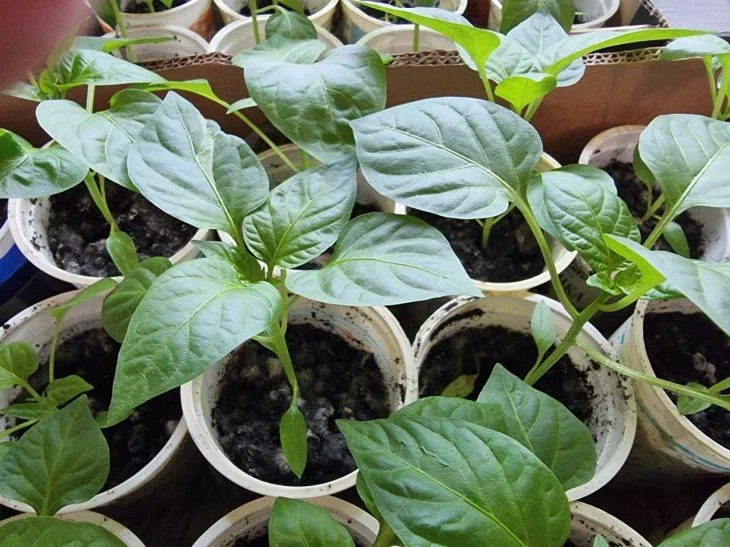What do a first aid kit and a garden bed have in common? It turns out that an ordinary bottle can become a secret weapon for explosive growth of seedlings.
Gardeners who have discovered this method are now reaping harvests that are the envy of the street.
Iodine is not just an antiseptic. For plants, it works as a catalyst: it speeds up metabolism, helps to absorb nitrogen, and protects against fungal infections.

Just a drop of this substance awakens “dormant” reserves in tomato and pepper seedlings, stimulating root development and thickening the stems.
The result is that plants get sick less often and adapt more quickly after transplantation.
The main rule is moderation. Before the first feeding, wait until the seedlings have released 2-3 true leaves.
Dissolve 1 drop of iodine in 1.5 liters of water. For watering, use a syringe without a needle: 30-50 ml under each bush, avoiding contact with the leaves.
After picking, the concentration is reduced (1 drop per 1 l), and the dose is increased to 2 tablespoons per plant.
Repeated feeding is not necessary - an excess of iodine is more dangerous than a deficiency.
Three pillars of successful cultivation:
- Light mode - 12-14 hours per day. If there is not enough sun, add phytolamps.
- Temperature - no higher than +25°C during the day, +16-18°C at night. Sudden changes weaken the plants.
- Watering - only when the soil has dried out to a depth of 1 cm. Overwatering + iodine = risk of root burn.
By following these steps, even a beginner will grow seedlings that will outstrip their neighbors' beds.
And the question “What do you add to your water?” will become the most frequent compliment of your summer.
